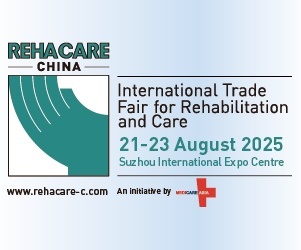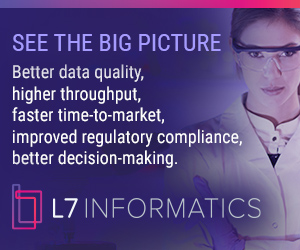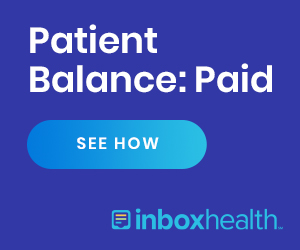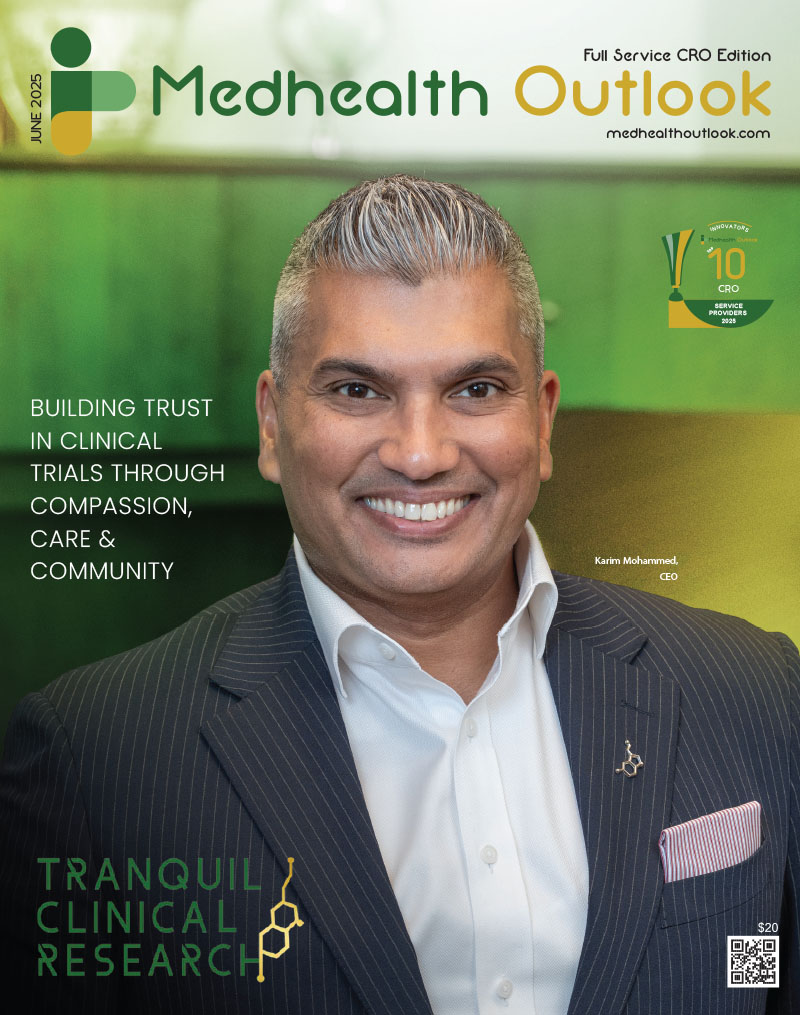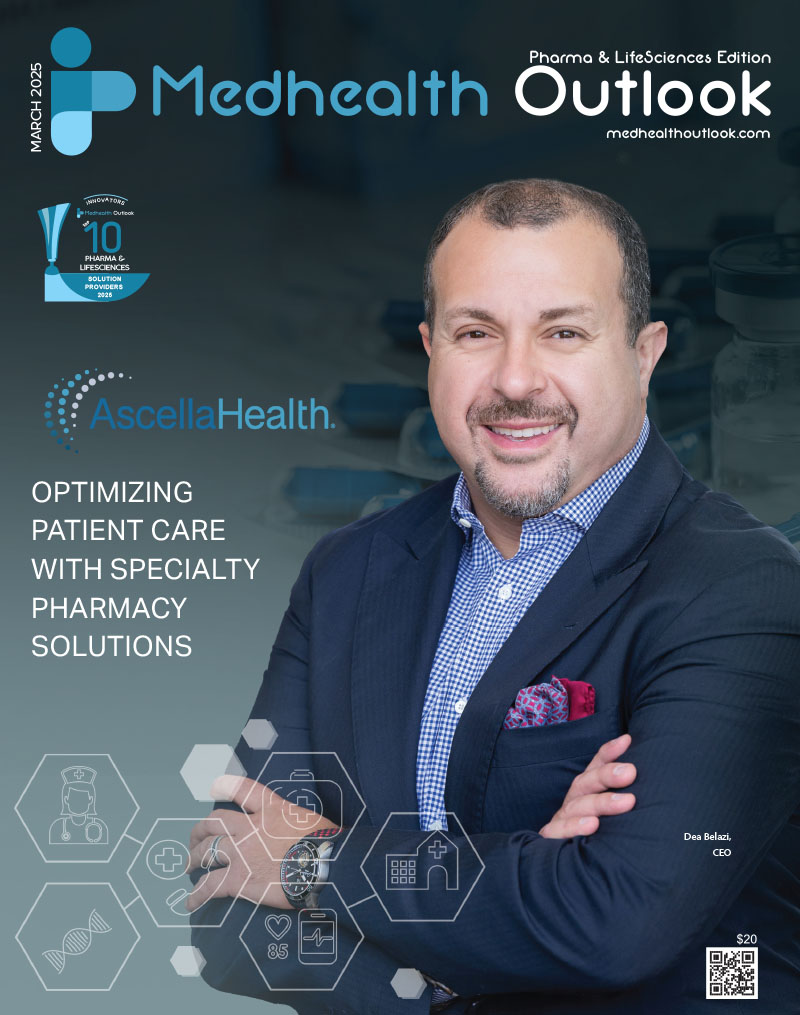Thanks to advancements in remote monitoring, medically relevant wearable technologies, and real-time data connectivity, delivering high-quality healthcare at home has become a practical reality. Patients recovering from acute in-hospital treatment, or managing chronic conditions, can now receive personalized care without the need for costly, prolonged stays in hospitals or rehabilitation facilities.
This shift in where care is delivered is driven not only by technology but also by increasing demands on healthcare systems, including a persistent shortage of workers, rising costs, and an aging population with complex needs, pushing traditional models to their limits.
Various types of home-based post-acute care are emerging to meet these demands. In this article, I’ll take a closer look at how each one plays a unique role in supporting recovery, managing conditions, preventing readmissions, and perhaps even lowering healthcare costs.
Professional in-home care
One of the more ambitious approaches to post-acute care at home is the Medically Home model, which focuses on delivering hospital-level care directly to patients through visits to their home from healthcare professionals. The model aims to shift complex, highly acute care out of the hospital, offering benefits like minimizing exposure to hospital-acquired infections, enhancing patient comfort, and quicker recovery times. Teaming with the Mayo Clinic and Kaiser Permanente, Medically Home combines technology and clinical expertise for high-quality care.
Two factors have significantly impacted the success of this model. Firstly, it is high-cost due to the professional level of care. Secondly, shortly after its launch, COVID-19 emerged, which, while underscoring the need for alternatives to in-hospital care, accelerated the shift towards telemedicine and models that rely more on virtual visits, remote monitoring, and integrated care coordination. Rather than duplicating the hospital at home, health systems are now leveraging a hybrid approach, one that blends intermittent professional visits with continuous virtual oversight, supported by smart devices and data-driven workflows, providing a more agile, affordable model of post-acute care.
Chronic disease management in the home after acute flare-ups
According to the Centers for Disease Control and Prevention in the US, approximately 6 in 10 young, 8 in 10 midlife, and 9 in 10 older US adults report one or more chronic conditions. While we have made significant progress in helping patients monitor and manage these conditions independently through tools like digital apps, remote monitoring devices, and patient education, unpredictable acute flare-ups can still occur and derail recovery if not addressed promptly.
This is where disease management at home plays a crucial role. Positioned between high-touch professional in-home care and passive remote monitoring, this level of post-acute care focuses on actively managing chronic illness following hospitalization for an acute episode, with the goal of preventing complications and supporting long-term stability.
Below are some examples of where we see chronic conditions being managed well in the home, providing targeted interventions that can support patients, helping to prevent relapse, manage exacerbations, and reduce rehospitalization risk.
- Continuous glucose monitoring: Managing diabetes has been a real success story. Testing has evolved from multiple finger sticks per day and insulin injections to continuous glucose monitors (CGMs) with connections to insulin pumps delivering metered doses “on demand.”
- At-home dialysis: While dialysis is still predominantly done in clinics, approximately 14% of dialysis is now being done at home, with the percentage increasing annually.
- Remote cardiac monitoring: Pacemakers and other implantable cardiac devices have been communicating with medical device companies since the 1970s via phone lines and since the early 2000s via wireless communications. The advent of wearable devices, including Holter monitors and even consumer devices, has enabled monitoring and treatment of cardiac conditions post-implant.
- Home-based cancer infusions: Chemotherapy and immunotherapy for the treatment of cancer have been growing, with approximately 5 – 10 % of such treatments being delivered in a home environment.
Home monitoring beyond discharge
A third level of care, home monitoring, is crucial in the early post-acute phase when patients are no longer under constant hospital supervision but are not yet fully stable.
It’s important to distinguish between post-acute monitoring and chronic condition monitoring. While both involve tracking vital signs and patient status over time, the intent and context differ:
- Post-acute monitoring focuses on the first 30 days after hospitalization or a procedure, aimed at short-term stabilization to mitigate risks of infection or complications.
- Chronic monitoring, as discussed in the section above, is longer-term, aimed at managing ongoing conditions like diabetes or hypertension over months or years.
Post-acute monitoring has gained momentum in part due to hospital readmission penalties introduced in the U.S. under the Hospital Readmissions Reduction Program (HRRP) in 2012. These penalties incentivize hospitals to implement strategies like remote patient monitoring (RPM) to identify and address complications before they require rehospitalization. Additionally, reimbursement codes introduced during the COVID-19 pandemic further supported RPM and remote therapeutic monitoring (RTM).
Today, RPM is essential in post-acute care, with patients often sent home with monitoring kits that include clinically validated devices such as heart monitors or vital signs monitors. The use of wearables to monitor proper rehabilitation post-surgery is also on the rise.
In summary
The growth and availability of technical solutions now allow for post-acute monitoring in various forms. However, developing viable financial business models remains a challenge, as medical device companies, providers, and payers struggle to overcome the financial hurdles that exist.
Finally, the real value in these processes is not in merely collecting data, but in transforming it into timely, actionable insights. In post-acute care, where early intervention can mean the difference between recovery and readmission, real-time data is essential, enabling patients and providers to respond rapidly and effectively, and ultimately fulfilling the promise of healthcare beyond hospital walls.
William (Bill) Betten
Director of Medtech Solutions, S3 Connected Health
Bill utilizes his decades of experience in the medical and life science industry to advance medical device and product development, with an emphasis on connected devices and digital health. In addition to his role at S3 Connected Health, he has served in development and executive management roles at several Medical Device and Fortune 500 companies.






